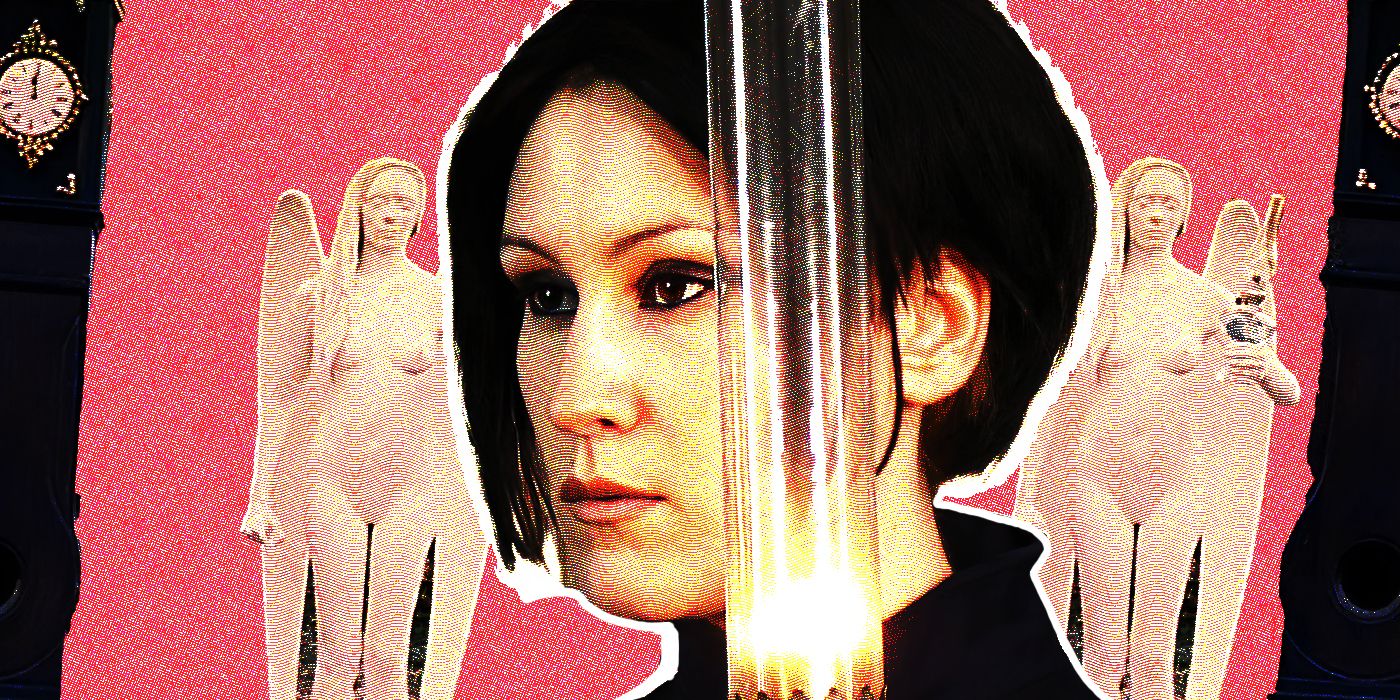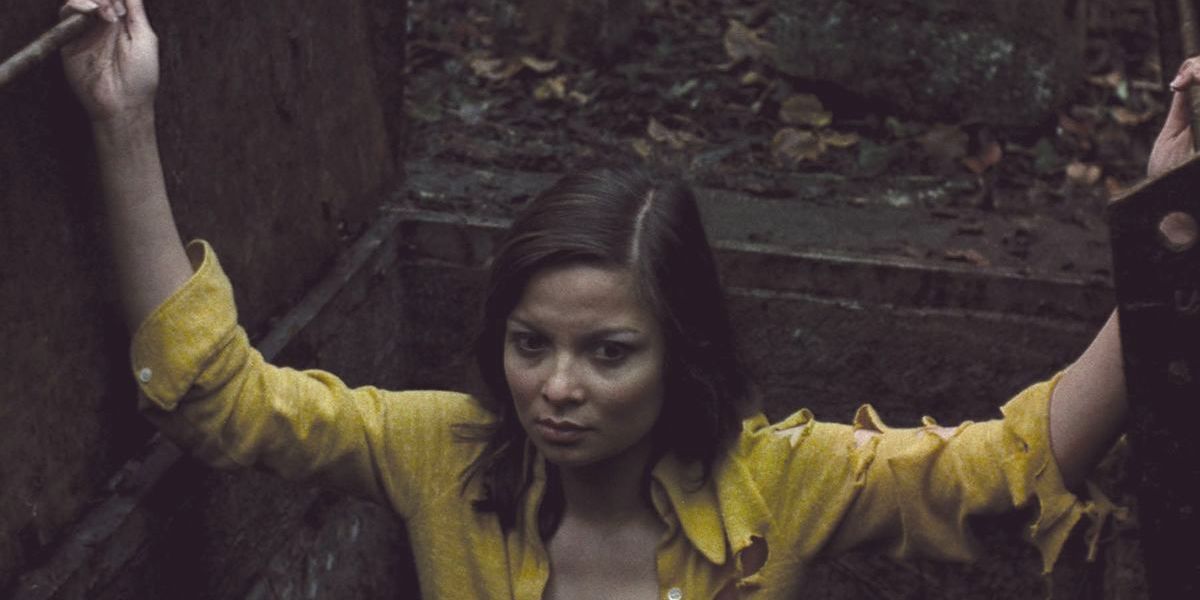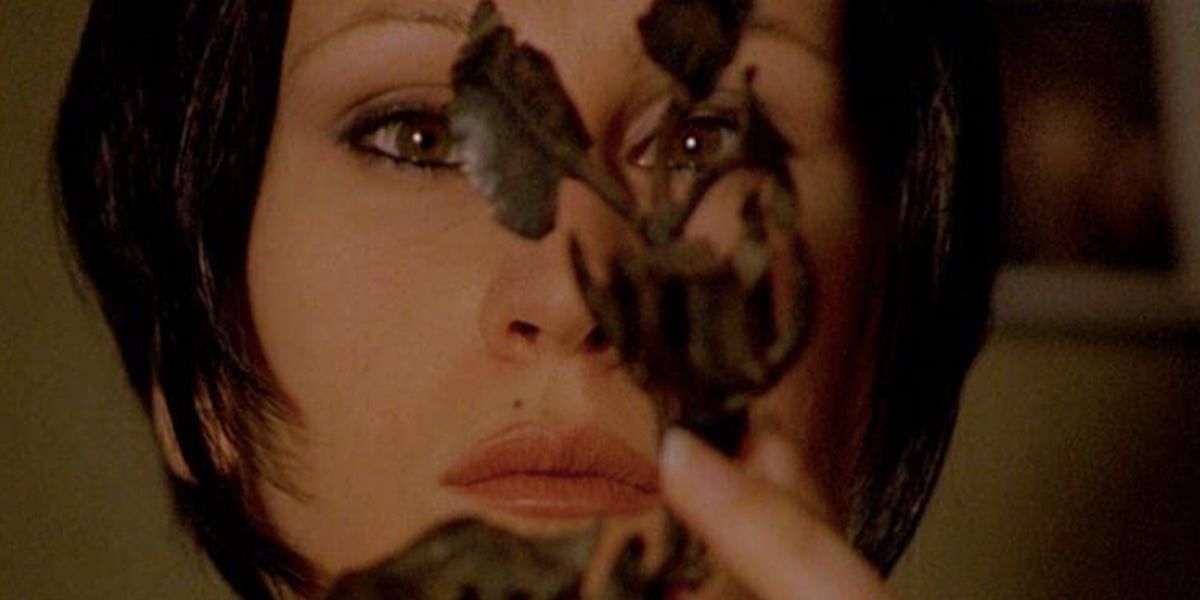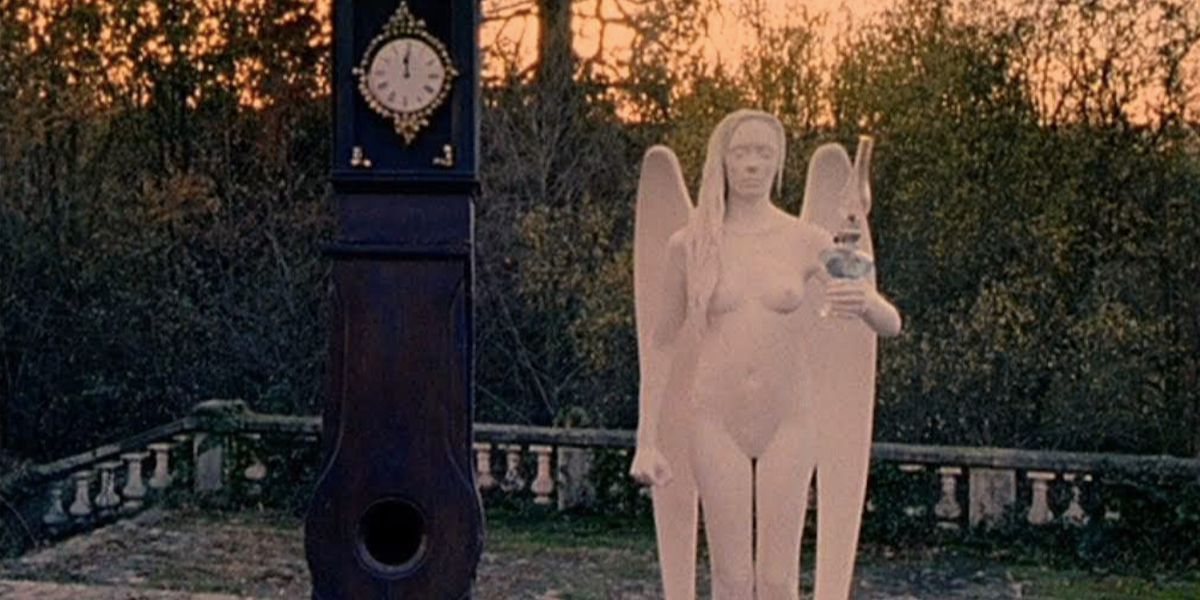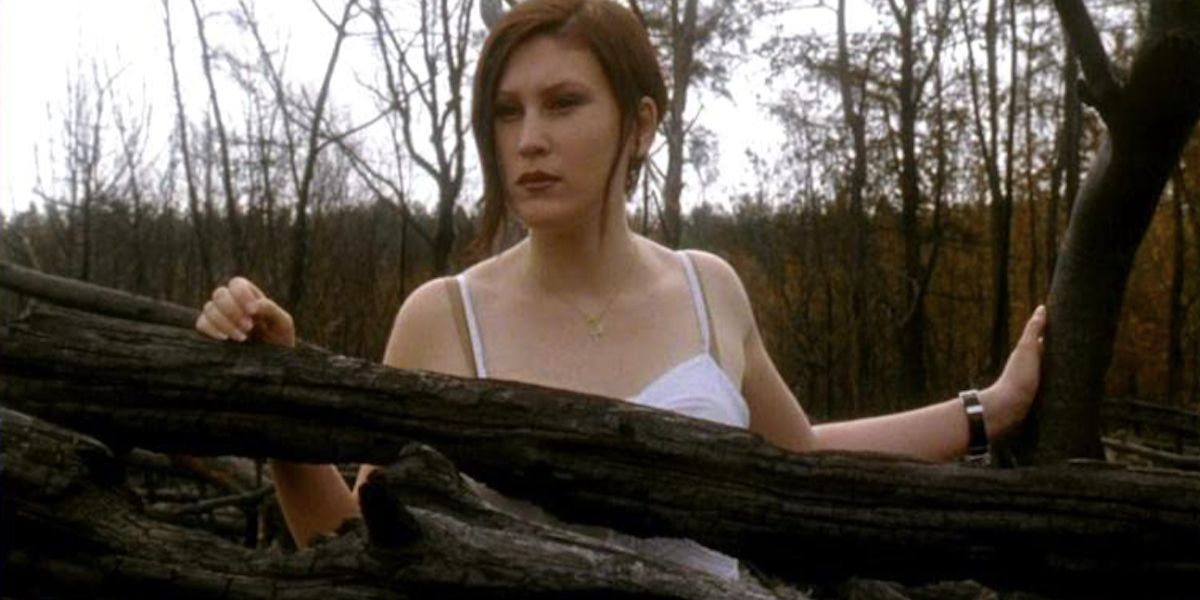French filmmaker Jean Rollin is the subject of the new documentary Orchestrator of Storms: The Fantastique World of Jean Rollin in which several of his frequent collaborators celebrate his work and detail the highs and lows of his fifty-year career. He was best known for his surreal vampire movies in the late-1960s and through the 1970s, but he also made several other horror movies which garnered a cult following. Unfortunately, during his lifetime, his films tended to be misunderstood and unsuccessful, and he ended up working in the adult film industry for a portion of his career due to financial trouble. He made most of these adult films under a pseudonym. Modern reassessments of his movies have been praised, particularly for his distinctive style of surrealism, strong female leads, and eroticism. Rollin always took great care in creating memorable imagery in his movies. In a 1996 interview with European film journal Kinoeye, he stated that he believed that imagery is more important than the film’s narrative.
Recognizing Rollin's Films Is Easy
One of the best compliments that can be paid to Rollin is on how easy it is to recognise one of his movies. From his trademark visuals to his recurring use of the same locations, each of them superbly demonstrate his precise skills as a director. His passion and perfectionism are clearly translated through to his audiences, and it can only be imagined what he could have done with a larger budget. Most of his films were poorly received upon their premieres, and it took a few years for them to garner a following. His feature debut – the 1968 vampire horror The Rape of the Vampire – caused a huge amount of controversy at its Paris premiere. In the Kinoeye interview, Rollin recalled crowds throwing objects at the screen and priests urging churchgoers in the local villages to avoid the movie. However, when Francis Ford Coppola made Bram Stoker’s Dracula in 1992, interest in the vampire genre grew and Rollin’s earlier works started to gain some long overdue appreciation from a new generation. Despite being known for his vampire movies, some of his best work can be seen in his non-vampire movies. Jean Rollins' The Iron Rose is a forgotten masterpiece. Others noteable works include The Grapes of Death and The Night of the Clocks, the latter of which is probably his most unique and innovative film.
Rollin Produced and Financed 'The Night of the Clocks' Himself
Like his first movie The Rape of the Vampire, The Night of the Clocks was entirely produced and financed by Rollin as he could not find anyone who would co-produce it. In an interview following its release, he discussed the production process at length and described how he sold some of his valuable possessions in order to make money to complete it. In Rebecca Johnson’s 2008 Interview with Jean Rollin: A Retrospective, the director reveals he shot the film over two years, and only filmed scenes whenever he was feeling inspired. Because of how long it took him, he worried about how it was all going to be edited together, but afterwards he described it as his “best film [made] in the worst conditions”.
Rollin was always humble and deeply grateful to the fans who had stood by him from his early days. He wrote and directed The Night of the Clocks as a way to express his gratitude to these fans. The final years of his life saw him battle cancer and kidney disease, and it ended up being his penultimate film before his death in 2010 at the age of 72. It remains one of the best demonstrations of Rollin’s distinctive style, and celebrates it.
What Is 'The Night of the Clocks' About?
The movie's offbeat plot follows Isabelle (Ovidie) who travels to her recently-deceased filmmaker uncle’s country mansion and experiences a number of surreal visions of people from his life and films. Those unfamiliar with Rollin’s will still likely find the movie bizarrely intriguing, and his fans will find it to be a fitting tribute to his exceptional genius. Unless audiences were to read up on the movie before watching it, they may not know that Rollin intended it to be this way, but the homages will be a delightful surprise to anyone working their way through his filmography.
'The Night of the Clocks' Reunited Rollin With Actors He'd Worked With Before
Few characters in The Night of the Clocks have names, and Rollin deliberately includes implications that they are the same characters from his previous films. The movie reunited him with several actors who he had previously worked with. One of the most notable performances comes from Dominque, who last worked with Rollin thirty-five years earlier in 1972 on Requiem for a Vampire. Other actors who gave memorable performances in other Rollin movies and reprise their roles as spirits and visions are Francoise Blanchard, Nathalie Perrey, and Jean-Loup Phillipe. Perrey has also been credited as assistant director, editor, and script supervisor on many of Rollin’s films. The fictional filmmaker in the movie is only ever referenced in the movie. He is referred to as Jean Michel, clearly a nod to Rollin himself. His wife, Simone Rollin, also has a small role to further add to his personal touch.
Clips from Rollin’s other films appear as Isabelle’s memories and visions of Jean Michel’s movies. In the opening, she walks to a cemetery which fans will recognise as the same location where The Iron Rose took place. To truly establish the connection, a short clip from the movie featuring the magnificent Francoise Pascal is shown. Rollin treats this sequence (and every subsequent clip from his own movies) as if Isabelle is remembering scenes from her uncle’s movies. The clips are never shoehorned in though and always come at a time when a connection has been established whether it be the appearance of a prop, a location, or an actor. Although none of his other films are connected, many take place at the same places. Rollin had an immense fascination with graveyards/cemeteries and beaches and every one of his non-adult movies have at least one scene in these locations. A beach near the coastal commune of Dieppe is an especially perceptible inclusion in all of his films.
It could be considered vain of Rollin to make a homage to himself, but it the movie never feels pretentious or self-indulgent. Instead, it is a reflection of his own career and shows appreciation towards those who have stood by him – actors, audiences, and producers. The Night of the Clocks is still not one of his most popular movies. However, as it is one of his later ones, it may take a few years before audiences give it the attention it deserves. It remains a difficult movie to track down, but Rollin’s movie have become more widely available in recent years, so hopefully it will not be long before it can be found on a streaming service or it is released on DVD/Blu-Ray. It may not be the best film he ever made, but The Night of the Clocks is a wonderfully personal, fittingly bizarre study of contemplation. Rollin was a brilliant auteur who never got the acclaim he truly deserved, and his penultimate film shows that he really was one of the most unique voices in Euro cult cinema.

